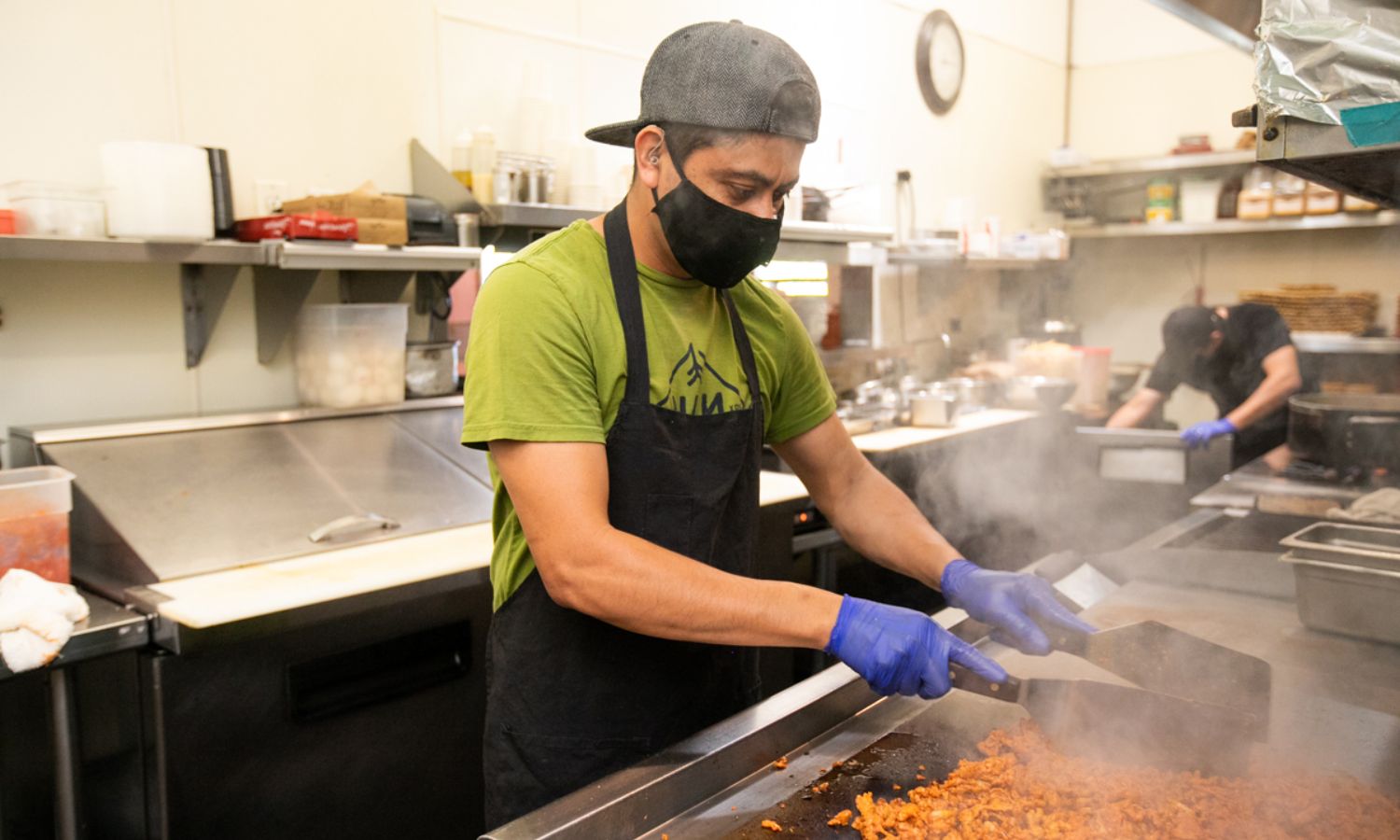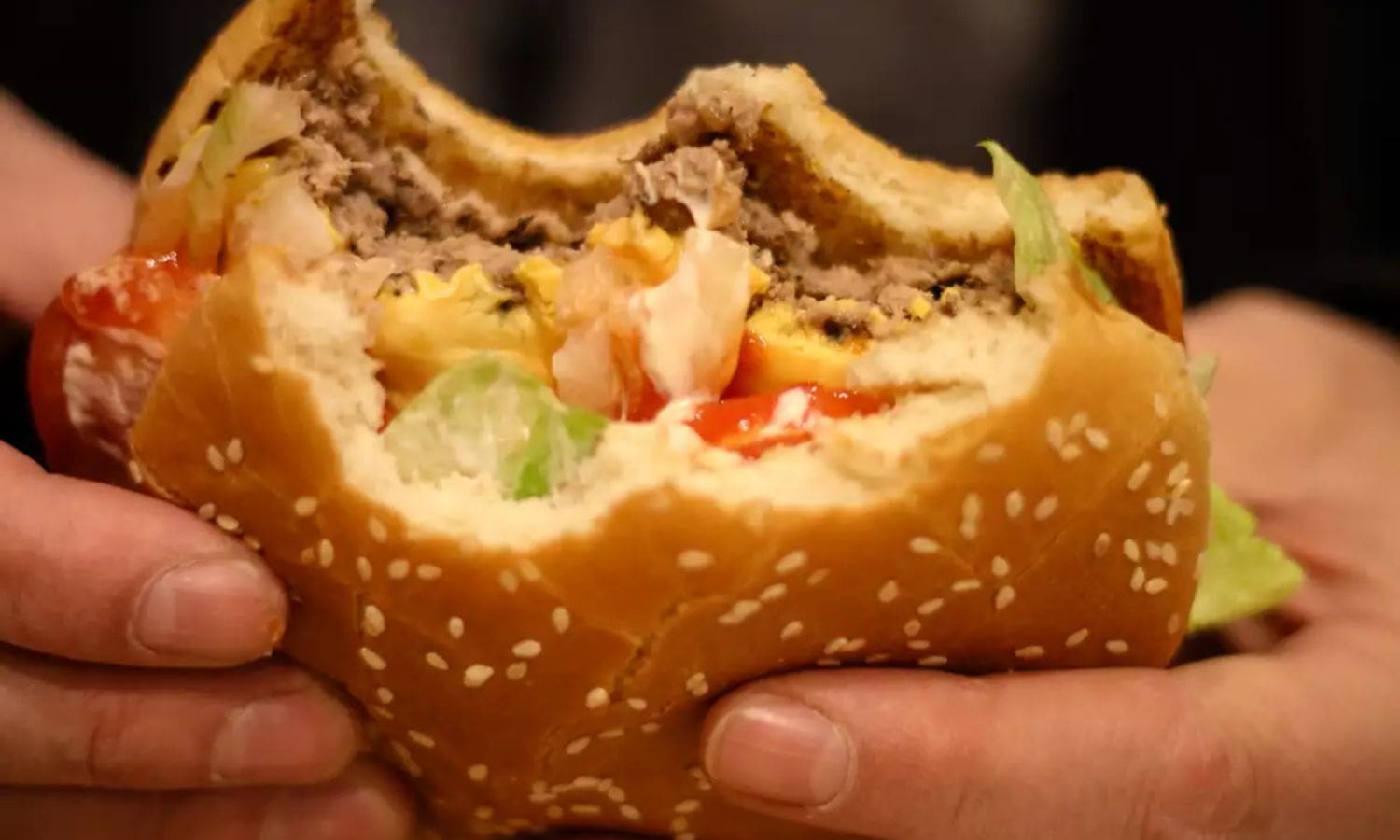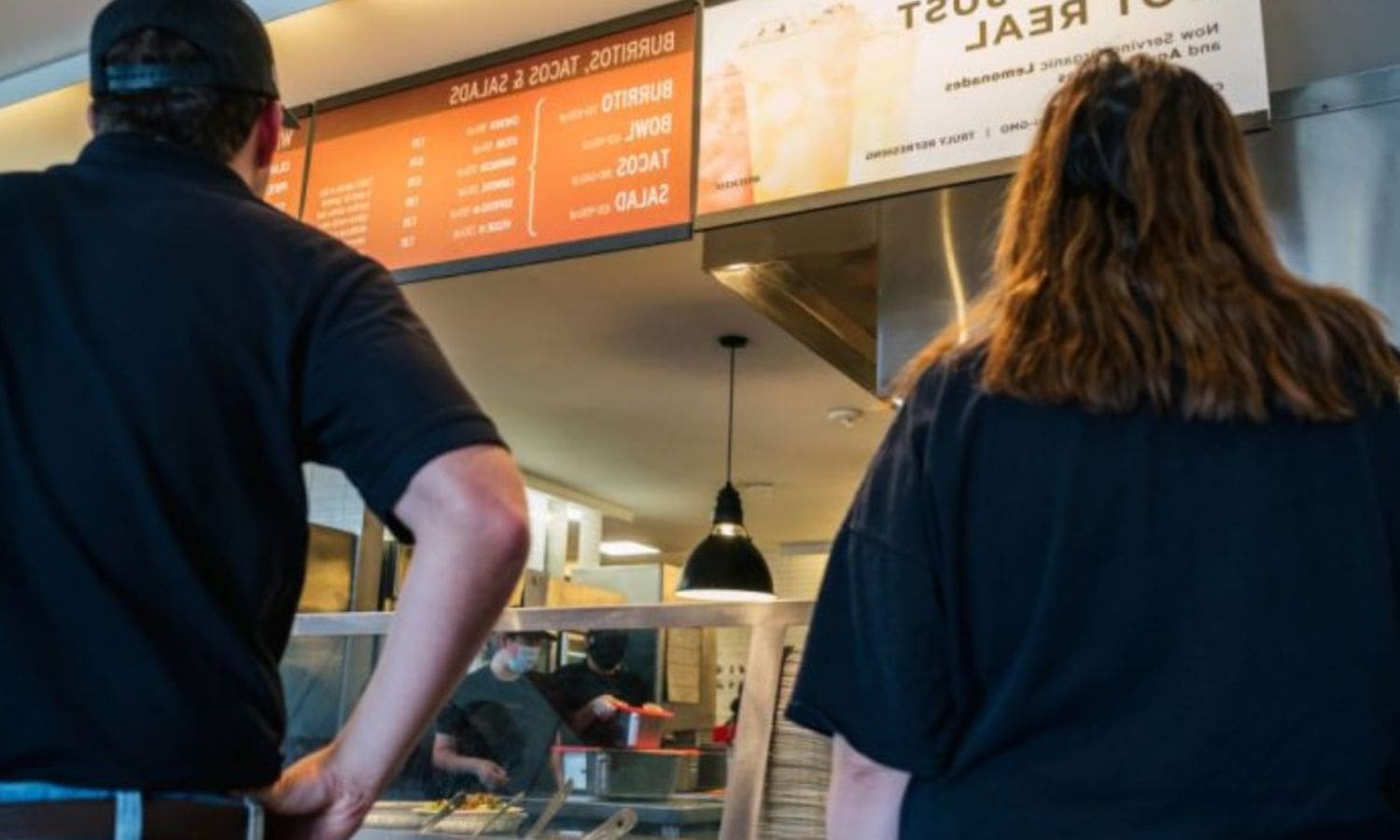California Fast Food Faces Price Surge: In the wake of California’s rising minimum wage and the ongoing COVID-19 pandemic, the fast food industry in the state is experiencing a significant surge in prices. The multifaceted impact of these two factors on the fast food landscape, while also considering the influence of environmental regulations and fuel costs.
By analyzing how fast food chains are proactively adjusting their menu prices, this piece seeks to shed light on the transformative challenges faced by the industry in California.
Key Takeaways Of California Fast Food Faces Price Surge
- Minimum wage increases in California are driving up fast food prices, as labor costs for fast food establishments are rising.
- The COVID-19 pandemic and safety measures have further contributed to cost surges in the fast food industry, with reduced indoor capacity and additional expenses for masks and compliance.
- Environmental regulations, such as California’s Low Carbon Fuel Standard, are increasing fuel costs for the fast food industry, impacting operational costs and potentially leading to higher prices for fast food products.
- Fast food chains in California are proactively adjusting menu prices, exploring cost optimization strategies, and focusing on product innovation to maintain profitability in the face of rising costs.


Also Read: California Republicans React Trump Victory and the Nikki Haley Factor
Minimum Wage Increase Impact on Fast Food Prices
The increase in California’s minimum wage is set to drive up fast food prices, posing a challenge for employers facing elevated labor costs. With the minimum wage for larger employers rising from $15 to $16 per hour and for smaller employers from $14 to $15 per hour, fast food establishments will need to adjust their pricing to accommodate the increased expenses.
This wage hike, while intended to benefit fast food workers by providing them with higher incomes, will have a direct impact on the affordability of fast food for consumers. As a result, customers may have to bear the brunt of the rising costs, leading to potential decreases in demand for fast food.
Moreover, this increase in prices may also affect the competitiveness of fast food businesses, as consumers may opt for more affordable alternatives. Overall, the minimum wage increase in California is likely to have significant implications for the fast food industry, both in terms of pricing and consumer behavior.
COVID-19 Pandemic and Safety Measures Contributing to Cost Surge
With the ongoing COVID-19 pandemic and the implementation of safety measures, fast food establishments in California are facing additional financial strain and cost increases. The combination of mandated guidelines and consumer shifts in behavior has contributed to this surge in costs.
Here are some key factors contributing to the cost surge:
- Reduced indoor capacity: Fast food establishments are required to operate at reduced indoor capacity, resulting in decreased revenue potential.
- Physical distancing measures: To comply with safety guidelines, fast food restaurants have had to reconfigure seating arrangements, leading to a decrease in the number of available seats and potential customers.
- Mandatory face masks: The requirement for staff and customers to wear masks has resulted in additional expenses for providing masks and enforcing compliance.
- Shift towards delivery and takeout: With consumers opting for delivery or takeout instead of dining out, fast food establishments incur additional costs associated with packaging and delivery services.
These factors, combined with the minimum wage increase, have created a challenging financial landscape for fast food establishments in California.


Environmental Regulations and Fuel Costs Impacting Fast Food Prices
The implementation of environmental regulations and the associated increase in fuel costs have further compounded the financial challenges faced by fast food establishments in California.
California’s Low Carbon Fuel Standard (LCFS), which aims to reduce the carbon intensity of transportation fuels by 20% by 2030, has resulted in higher fuel prices for delivery and supply chain vehicles in the fast food industry.
As a result, fast food operators are grappling with increased operational costs, which ultimately impact the prices of their products.
The California Energy Commission has projected potential rises in gasoline and diesel prices, adding to the financial burden faced by these establishments.
With the already challenging landscape of minimum wage increases and the COVID-19 pandemic, fast food businesses in California are facing a triple threat that is driving up prices for consumers.
Fast Food Chains Proactively Adjusting Menu Prices
Fast food chains in California are taking proactive measures to adjust menu prices in response to the challenges posed by minimum wage increases and COVID-19 measures. These adjustments are crucial for the industry to maintain profitability while meeting the rising labor costs and adapting to the changing economic landscape. Here are some ways fast food chains are proactively addressing the issue:
- Menu Price Hikes: Leading chains like McDonald’s have announced menu price increases, with franchisees raising prices by an average of 6% in December 2023.
- Pricing Structure Adjustments: Other industry players such as Taco Bell and Jack in the Box are signaling adjustments to their pricing structures to navigate the evolving economic conditions.
- Cost Optimization: Fast food chains are exploring cost optimization strategies to mitigate the impact of higher labor costs, such as streamlining operations, improving efficiency, and optimizing supply chain management.
- Product Innovation: Some chains are also focusing on product innovation to attract customers and maintain profitability, introducing new menu items or limited-time offers to create excitement and drive sales.
These proactive measures by fast food chains demonstrate their commitment to adapt and thrive in a challenging business environment while ensuring customer satisfaction and sustainable growth.
Transformative Challenges for Fast Food Landscape in California
Fast food chains in California are grappling with the formidable task of navigating transformative challenges brought about by minimum wage increases and COVID-19 measures. These dual factors have disrupted the traditional fast food landscape, forcing operators to adapt and find innovative solutions.
The minimum wage increases have significantly impacted labor costs, putting pressure on already thin profit margins. Simultaneously, COVID-19 safety measures have necessitated additional investments in sanitation protocols, personal protective equipment, and contactless ordering and delivery systems.
These challenges have forced fast food chains to reevaluate their operating models, streamline operations, and search for ways to reduce costs without compromising quality. Moreover, the shift towards sustainability and healthier dining choices has prompted fast food chains to incorporate more environmentally friendly practices and offer healthier menu options.
In this evolving landscape, adaptability and creativity will be key for fast food chains to thrive in California.


Conclusion Of California Fast Food Faces Price Surge
The combination of minimum wage increases, COVID-19 safety measures, environmental regulations, and fuel costs has led to a surge in prices for fast food in California.
Fast food chains have proactively adjusted their menu prices to cope with these challenges.
This transformative landscape presents significant challenges for the fast food industry in California, requiring innovative approaches to maintain profitability and meet changing consumer demands.
Our Reader’s Queries
Q1. Will $20 minimum wage crush fast-food in California?
A. Fast-food industry employment experienced a notable growth of 139,000, reflecting a significant gap attributed to various factors. This expansion can be linked to dynamic shifts in consumer preferences, the impact of pandemic-related business restrictions, and the advantageous pricing strategy adopted by fast-food establishments. However, as the minimum wage is set to increase, there is a potential indication that pricier quick-serve meals could become a prevalent outcome. This development raises considerations about the future cost dynamics within the fast-food sector in response to the forthcoming higher minimum wage.
Q2. What is California’s minimum wage?
A. Commencing January 1, 2024, California’s minimum wage stands at $16.00 per hour, applicable to all employers across the state. Notably, Fast Food Restaurant employers will experience an increase, taking effect on April 1, 2024, while Healthcare Facility employers will see the adjustment starting June 1, 2024, resulting in a higher minimum wage for these specific sectors. It’s important to note that certain cities and counties within California maintain minimum wages that exceed the state’s established rate.
Q3. How much does fast food pay per hour in California?
A. In a new legislative development, the minimum hourly pay for fast-food workers is slated to rise to $20, taking effect from April. California’s existing statewide minimum wage, currently at $15.50, already surpasses that of the majority of states, with exceptions like Washington State and the District of Columbia having higher rates. Furthermore, the statewide minimum wage is scheduled to see an additional increase to $16 on January 1. This shift underscores California’s proactive stance in addressing wage standards and sets it apart from many other states in the nation.

